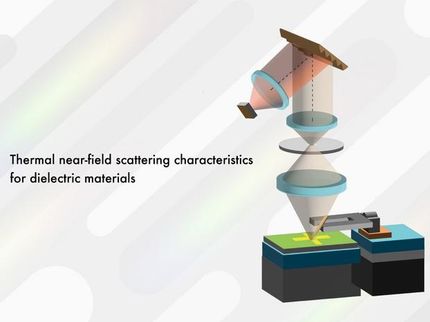First high-speed hard X-ray microscopic movies at a free-electron laser
New technique enables investigation of industrially relevant materials and processes in motion
A group of researchers has for the first time performed high-speed microscopy using an X-ray laser at the European XFEL. The team produced a super slow-motion movie of a bursting glass capillary with micrometre spatial resolution. The method allows for observations of processes that take place at speeds up to a few kilometres per second, paving the way for 3D microscopic movies of fast phenomena, with important potential industrial applications, as the researchers around DESY scientist Patrik Vagovič from the Center for Free-Electron Laser Science, who is now working at European XFEL as a guest scientist, and European XFEL leading scientist Adrian Mancuso report in the journal Optica.
For the experiment, the team used the SPB/SFX (Single Particles, Clusters and Biomolecules/Serial Femtosecond Crystallography) experiment station at the European XFEL. Using a bright optical laser, they caused a water-filled glass capillary tube of 300 millionths of a metre (300 micrometres) diameter to explode, which they then filmed with trains of many, fast repeating X-ray pulses. The results reveal shape, orientation, and velocities of the water droplets and glass shards in each image captured, calculated with a variety of different methods. The images clearly show moving objects in the single micrometre scale, up to 100 kilometres per hour fast.
The same experiment was also done at the European Synchrotron Radiation Source ESRF in Grenoble, France, where the team could record motion on the scale of kilometres per second, although the spatial resolution and the contrast (signal-to-noise ratio) each were about two times less than at the X-ray laser that can deliver more photons per individual pulse. At both facilities, the images were recorded at megahertz frequencies, which translates to more than a million shots per second – although the movies typically only cover about 60 millionths of a second (60 microseconds).
The scientists see room for improvement and think a frame rate of 4.5 megahertz is achievable at the European XFEL with a spatial resolution in the sub-micrometre range. “Because the European XFEL generates several orders of magnitude more photons per pulse than any synchrotron radiation facility, and in comparison with all other existing hard X-rays FEL’s provides megahertz repetition rate of light pulses, we can push this method to further boundaries,” said lead author Vagovič. “For many samples, where there was previously just a simulation or only surface information of what’s happening at the microscopic level at short timescales, we would for the first time have a tool for making direct observations of volumetric motion.”
Such movies could show what happens during complex processes with a resolution at the sub-micrometre level, which is less than the diameter of a human hair, while also teasing out hidden internal details. While most other applications of X-ray lasers are based on the short wavelength of their X-ray flashes, making images that reach atomic resolution possible, this use takes advantage of the penetrating properties of X-rays. Since X-rays can penetrate deeply into materials, as seen with medical X-rays, they can also be used to see inside structures of varying sizes, providing advantages over similar methods using visible light.
The application of X-ray laser megahertz microscopy is expected to be of high interest for industry, helping develop more resistant and longer-lasting materials. The microscopic inner workings of fluid injection through nozzles, novel syringes, and microfluidic systems could be seen in slow motion. Industrial processes such as water jet cavitation or liquid jet atomization for spraying may be studied. More general cavitation phenomena and shockwaves could be observed and analysed with this method as well.
“This is an important technique for observing faster-than-microsecond processes in materials at sub-micrometre length scales. This opens up possibilities for experiments that presently can’t be performed anywhere else”, said Adrian Mancuso, SPB/SFX leading scientist
Additionally, a procedure using the European XFEL’s extremely high brightness could allow for multiple simultaneous movies of the same sample viewed from different angles—meaning a sample could at once be shown in slow motion, at the microscopic level, and in 3D.
The study involved scientists from European XFEL, the Czech Academy of Sciences, P.J. Šafárik University in Slovakia, Lund University in Sweden, Diamond Light Source and University College London in the UK, the Karlsruhe Institute of Technology in Germany, the European Synchrotron Radiation Facility (ESRF) in France, and DESY.
Original publication
"Megahertz x-ray microscopy at x-ray free-electron laser and synchrotron sources"; Patrik Vagovič, Tokushi Sato, Ladislav Mikeš, Grant Mills, Rita Graceffa, Frans Mattsson, Pablo Villanueva-Perez, Alexey Ershov, Tomáš Faragó, Jozef Uličný, Henry Kirkwood, Romain Letrun, Rajmund Mokso, Marie-Christine Zdora, Margie P. Olbinado, Alexander Rack, Tilo Baumbach, Joachim Schulz, Alke Meents, Henry N. Chapman, and Adrian P. Mancuso; Optica; 2019.

























































